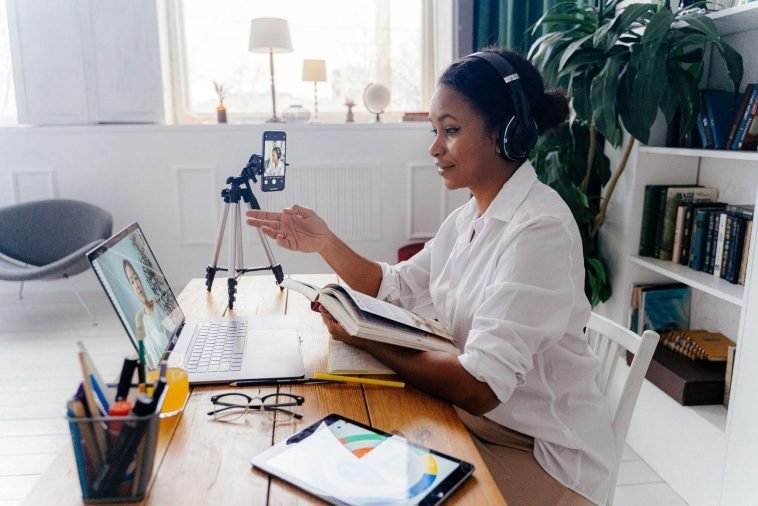A webinar session has the screen sharing option that can be helpful for the hosts, speakers, and industry specialists in sharing all the essential information with the audience. The best hybrid event platform gives priority to the host for everything. They can manage the entire event from start to end.
A host can do the changes according to the various features and functionalities they want to provide the audience with their live streaming services. Screen sharing can be helpful in sharing the presentations, ppts, and other documents with the audience without any obstacle.
So, here is a list of various elements that the host can control while sharing the screen with the audience in a webinar session.
7 Aspects That Webinar Host Can Control During Screen Share!
7 Elements that only the webinar host can control during screen sharing in your virtual event are as follows:
New ShareA webinar host can control when to start sharing a screen. Usually, one has to stop the current sharing in order to begin a new screen sharing session. But with the best virtual expo platform, hosts get the access to share a screen without stopping the screen they are already sharing.
Moreover, there is no need to stop or pause the screen already sharing with the audience. You can continue the different screen sharing without any difficulties. In short, you can even share multiple screens concurrently with the attendees.
Must Read: Webinar A to Z Guide
Pause & Resume Share
You can share the screen with the audience at Zoom meetings, but it can be hard to pause or resume a screen. Hence, the virtual fest platform offers the option to pause their screen without hassle. They can pause the image or display it at the same scene and resume anytime & anywhere.
In short, if you are making any changes to your screen, it will not be shown on the screen to the audience until you resume the screen. Then it will continue the screen from the similar image you really want to show to the audience.
Must Read: Google Bard
Annotation
You can use the annotation toolbar while sharing the screen with the audience. Annotation toolbar is a bar with various functionalities that can be helpful in making any changes and editing. You can find it easily beneath the screen. It will include a great number of features to your screen sharing functionality.
Must Read: Employee Surveillance
However, you can use the mouse, select the section, add & eliminate text, draw anything, stamp the sections, use the spotlight, implement the eraser to remove any element, change the format color, undo & redo anything on the screen, clear anything entirely, or save any document with a toolbar. A host gets all these features while sharing a screen with the audience on a webinar session.
Remote Control
A host can decide whether to give shared screen control to the co-host or panelists. They can offer the access to change, edit, or stop sharing the screen with all the speakers and experts talking on a similar topic. Moreover, you can create a better remote control as all the co-workers require access and do changes to the shared screen. They may have their own content or material they would like to share via the virtual event.
Specific Displays settings
The hybrid event solutions can offer you a great option for display settings, including new settings specific to screen sharing. Hosts can control whether to show and provide the other co-hosts the control to use the setting option during the live webinar session. Moreover, the host enables and disables the audiences and other panelists to use the display setting provided by the hybrid event solutions. Also, the name of participants will be briefly displayed beside their annotation if the host sets it to show.
Must Read: Most Important Future Technologies for Solving World Problems
Optimize for full-screen video clip
Only the host can watch whether they are sharing a video clip on full screen. They can adjust it at their ease. The audience can only watch without making any changes or adjustments to the screen. Moreover, they can make the screen full or partial viewable for the attendees. Hosts have the full power to do so.
Stop Sharing
Neither the audience nor the panelist can stop sharing any screen. It is under the control of the host to start sharing the screen or stop sharing the screen. Moreover, the host can stop sharing the screen as soon as everything they want to convey to the audience is over. You can create a separate screen-sharing functionality with the top webinar session provider. They only provide complete access to the webinar host.
Must Read: Smart IVR Software solutions for Call Centers
So, these are the various aspects that can be helpful in understanding what a webinar host can control during screen sharing. You can create a better impact on the audience across the globe with exceptional hybrid event platform features and functionalities.
Hope, you will find this article beneficial to know the aspects webinar hosts can control while sharing the screen in a virtual event.





